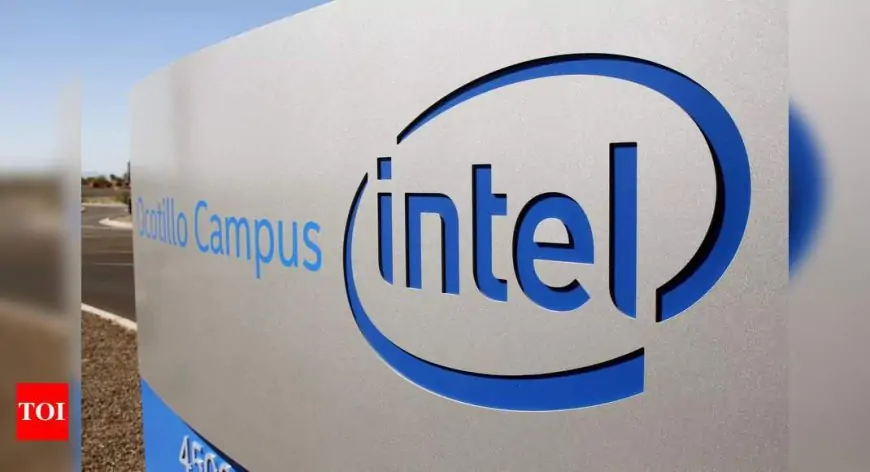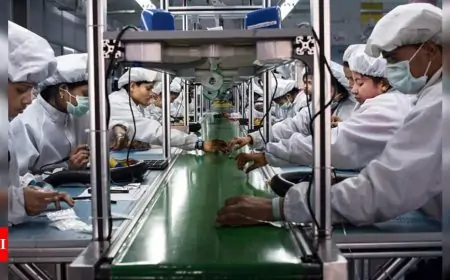Amid unprecedented disruption caused by a global pandemic, the personal computer (PC) has emerged as the ubiquitous link to information, continuity, and collaboration. In India, the demand for laptops surged by 40-45 percent in the first few weeks of March and by Q3, PC shipments increased to 3.4 million units, making it the biggest quarter in the last seven years. As work, communication, education and entertainment moved online, it was obvious that smartphones alone could not support such diverse and extensive usage. Indian households turned to the PC and were compelled to start investing in multiple devices to support their varied requirements.
Powering the Future of Work
This year saw the boundaries of the office expand like never before. Work moved almost entirely online, meetings were replaced with video conferences, and collaboration apps like Zoom and Microsoft Teams set download and usage records. It is now obvious that working from home can be seamless, secure and as productive, if not more, than working in office. Many tech companies have already announced plans to have a large percentage of their workforce move to a permanent remote work model. This is made possible by the easy availability of PCs that are powerful, highly secure, feature rich, and offer enhanced remote manageability capabilities, helping enterprises effectively support a distributed workforce.
Expanding Access to Quality Education
Classes on video conferencing and collaboration platforms are a reality today. The education sector in India is marked by inequities and lack of access that technology can address. The right digital framework and affordable, even shared devices equipped with educational and video conferencing applications can help India ensure access to quality education for every child regardless of their location. The government has outlined a plan for providing personal computing devices to at least 40 percent of India’s college and university students and equipping all government schools with information and communication technology capabilities. This is an encouraging and exciting initiative for the country.
Delivering Digital Entertainment
Entertainment and gaming too have seen a sea change over the course of this year. Major PC brands have indicated an uptick in the demand for gaming PCs. There is strong demand for lightweight PCs that offer high definition imaging, super-fast processing capabilities, and long battery life. The demand for convertible laptops is also on an upswing, indicative of the fact that Indians need devices flexible enough to support both work and play. PC innovations are now focused on a new generation of devices that combine key platform technologies and system optimizations to remove lag, ensure exceptional battery power, HD displays and lightning fast responsiveness required for the new virtual normal.
This year has proven that with the right personal computing device, ensuring access and continuity is not difficult. PC innovation is being driven by the demand for better performance, connectivity, security features and power optimization. The integration of Artificial Intelligence and 5G capabilities will allow PCs to anticipate and adapt to user presence and behavior patterns and offer immersive experiences at lightning fast speed. Innovative PC technology will continue to be a key driving force for the next phase of evolution and progress across work, education and entertainment.
By Prakash Mallya, VP and MD – Sales, Marketing and Communications Group, Intel India

To stay updated with the latest bollywood news, follow us on Instagram and Twitter and visit Socially Keeda, which is updated daily.


![[WATCH VIDEO] Sophie Rain and sister Sierra Rain as Black Spiderman goes viral [WATCH VIDEO] Sophie Rain and sister Sierra Rain as Black Spiderman goes viral](https://www.sociallykeeda.com/uploads/images/202403/image_140x98_660976c59cce0.webp)


![[WATCH] Meia Cassandra Viral Video Leaked; scandal explained [WATCH] Meia Cassandra Viral Video Leaked; scandal explained](https://www.sociallykeeda.com/uploads/images/202401/image_140x98_65b7605057a56.webp)

![[FULL WATCH VIDEO] Will Levis And Gia Duddy Leak Video Viral On Social Media [FULL WATCH VIDEO] Will Levis And Gia Duddy Leak Video Viral On Social Media](https://www.sociallykeeda.com/uploads/images/202405/image_140x98_6651e7ae8038d.webp)


![[Watch] Riya Barde Bangladeshi Adult Film Actress Viral Full Video [Watch] Riya Barde Bangladeshi Adult Film Actress Viral Full Video](https://www.sociallykeeda.com/uploads/images/202409/image_140x98_66f92d1749da6.webp)
